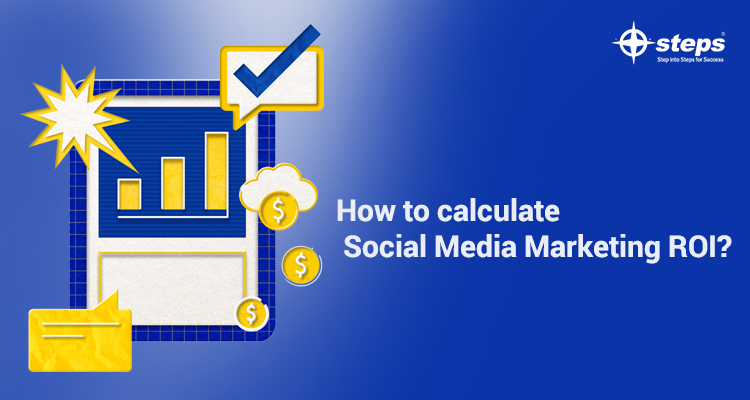How to calculate Social Media Marketing ROI?
As a social marketer, you already know that social media brings value to your organization. Can you, however, calculate the return on your social media marketing efforts? It’s not always easy to demonstrate the value of social media. If you want to be successful in today’s highly online environment, you’ll need the most up-to-date digital abilities.
Online digital marketing training in Kochi will provide you with constantly updated cutting-edge strategies and techniques in this Social media world. Join the digital marketing course in Kochi and learn how to drive sales, attract new customers and master social media.
Social media ROI definition
ROI means Return On Investment.
The sum of all value-generating social media actions divided by the cost of attaining those actions is the broad definition of social media ROI. What is the return on all of your efforts in terms of time, money, and resources?
The following is a simple formula for calculating social media ROI:
Investment / value (people hours, ad budget, etc.) * 100 = return on investment in social media (as a percentage)
How to measure social media ROI for business?
Step 1: Define clear social media objectives
Define how social media initiatives match the company and departmental goals with the support of clear social media objectives.
Consider how your social media investment can add value in a variety of ways, like
* Employee confidence.
* Partner self-assurance.
* Risk reduction and security.
Step 2: Set smart goals
You must develop targets when you’ve defined clear objectives that link your social media ROI to real business results. What’s the difference between the two?
The goals you set for yourself determine where you wish to go. Goals specify where you want to go and when you want to get there.
* Specific
* Measurable
* Attainable
* Relevant, and
* Timely
Step 3: Track the right performance metrics
You should keep track of social media indicators to see if you’re on pace to reach your objectives.
Likes, comments, and shares are commonly referred to as “vanity” metrics, yet they can be useful.
Use them to evaluate the health of your social media presence, compare yourself to competitors, and determine what material resonates with your audience.
If they don’t fit with your business goals, they should be deemed “vanity” measurements.
You might also track the following metrics to demonstrate ROI:
* Reach.
* Participation of the audience.
* The number of visitors to the website.
* Leads have been generated.
* Conversions and sign-ups.
* Revenue has been earned.
Step 4: Figure out how much time you spend on social media.
To assess whether you’re getting a decent return on your social media expenditure, you must first understand your total investment. A few items must be included:
* Cost of tools and platforms
* Budget allocated to social ad spends
* Content creation
* Your social media team’s time spent
* Agencies and consultants
Step 5: Create an ROI report
According to LinkedIn’s research, just 60% of digital marketers publish their social media ROI findings. This suggests that 40% of the population does not.
However, for your team and your budget, disclosing your ROI has genuine significance.
Return to the ROI formula from earlier in this post to get started. At the bottom of this piece, we’ve included several tools to assist you in tracking and calculating ROI.
Here are a few pointers on how to write an effective social media ROI report.
* Use a template
* Use plain language
* Speak to the relevant business objectives
* Articulate limitations

